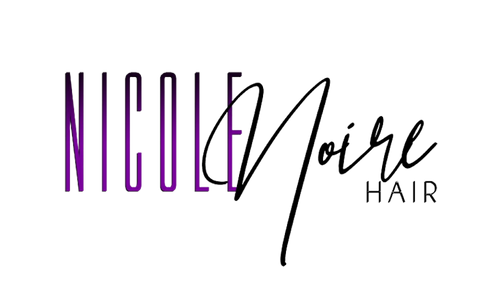It must be frustrating to buy a lace product such as a lace closure, lace frontal, or lace wig only to find out that the lace does not match your skin tone. I mean, the purpose of wearing lace is for it to look realistic, right? While some of you may be aware, others may not know that the lace color can be changed to match your complexion. You can do this by completing a process that we call tinting lace.
While tinting lace is a straightforward process, it does take time and practice to perfect. The first step to jumpstart this process is to decide what you will use to achieve your desired lace color. Don’t know where to start? Luckily for you we have a couple of tried and true suggestions. Check out the video below to see how it's done!
Since swiss lace is essentially a type of fabric, there are two types of products that you can use. We have personally tried Adore semi-permanent hair color and our personal favorite, Rit fabric dye. While Adore will certainly get the job done, keep in mind that it is a semi-permanent dye so it will fade over the time and you may have to repeat the process eventually. Rit dye is permanent, so once you complete the process it will not have to be done again.
Choosing the right color is important for a natural application. Luckily both of these products have a wide array of colors. You can even get more creative and mix colors to achieve the perfect match. For instance, some women mix Rit dye colors tan and taupe to get the perfect match for their complexion. Mixing is not mandatory but sometimes it is necessary. I can personally get away with using Rit dye in the colors chocolate or dark brown. Adore products can be found in your local beauty supply store. Rit dye can be purchased at Wal-Mart or Kroger.
After you have chosen the correct color you will need to fill a dish with hot water. Hot water is necessary to ensure that the color takes. You can use a regular dish like a bowl, as long as your closure/frontal/wig can fit. Next, you should mix the dye or hair color with the hot water. Measurements are not specific, but I usually start with a cap full and keep repeating until I achieve the potency that I desire. The more dye/color you use, the more colored your closure/frontal/wig will be. Since I am dark skinned, I like for my mixture to be potent or dark. If you are fair complexioned be careful with this because you don’t want it to be too dark.
Carefully gather the hair and hold or place in ponytail. The roots will get wet obviously but be very careful not to submerge hair into the water. Dip closure, frontal, or wig in mixture in 30 second increments. You want to complete this process gradually to make sure that you are watching to ensure that you don’t color the lace too dark. Important note: If this is your first-time, test a small piece of lace against your forehead first. 30 second increments are best to carefully monitor the color changing. Again, you not want to get the lace too dark because it is a lot easier to color lace darker than to make the lace color lighter. It usually takes us 45 seconds to one-minute tops to get the color that I desire.
Next you will need to wash thoroughly with cool water to allow the color to set in. You can use any shampoo and conditioner of your choice for this step. The water will run brown at first but this is normal. After washing and conditioning simply let the hair air dry.
Tinting lace will give you a more natural look for any closure, lace frontal, or lace wig. Another great tip is to tint lace AFTER bleaching knots. Why you ask? Because in case you get those nasty orange roots that sometimes happen, tinting will color the lace back to a more natural color. We hope that this article will be helpful along your lace journey!

